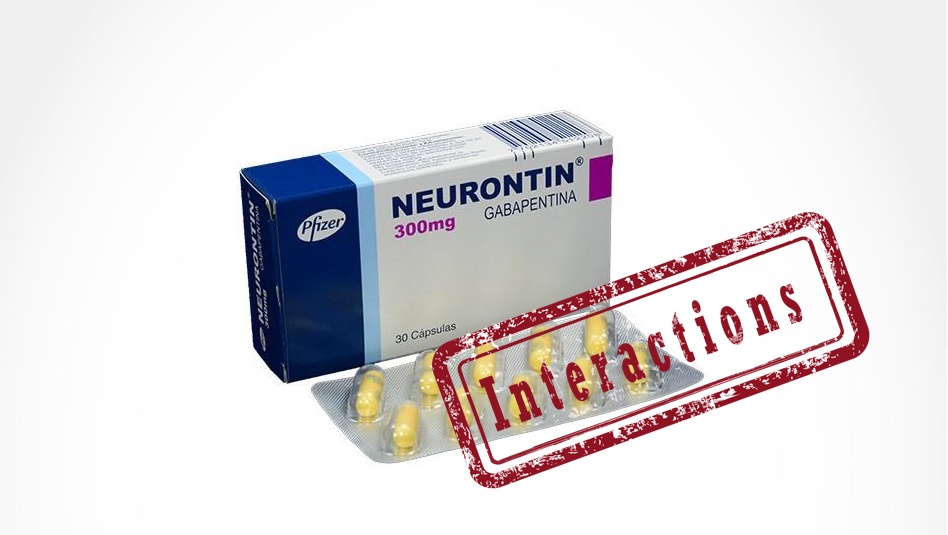Is Neurontin dangerous when using it with other drugs?

The use of Neurontin with other medications does not cause clinically significant reactions on the part of the body or changes in the mechanism of action of the drugs. But there are some reports of spontaneous cases, and according to information from literature sources, respiratory depression and/or sedation symptoms associated with gabapentin and opioid analgesics are possible. In some of these cases, the authors linked these symptoms with simultaneous use of gabapentin and opioids, especially in elderly patients. Patients who require simultaneous therapy with opioid analgesics should be carefully monitored for signs of central nervous system depression such as drowsiness, sedation, and respiratory depression. The dose of gabapentin and opioid analgesics should be reduced accordingly.
Drug Interactions
- When taking 0.6 g of gabapentin after 2 hours after taking morphine in the form of the prolonged release capsules (0.06 g), the average value of gabapentin AUC increases by 44% compared to the use of gabapentin alone, which is associated with an increase in the pain threshold. The clinical significance of this phenomenon was not established, while the pharmacokinetic characteristics of morphine remained unchanged. The side effects of morphine with simultaneous use with gabapentin did not differ from those observed when taking morphine in combination with placebo. The degree of interaction of these drugs in other dosages is unknown.
- Interaction of gabapentin with valproic acid, carbamazepine, phenobarbital, and phenytoin has not been observed.
- The combined use of gabapentin with oral contraceptives containing ethinylestradiol and/or norethisterone is not accompanied by changes in the pharmacokinetics of both components.
- The pharmacokinetics of gabapentin in the equilibrium state was the same in patients receiving other anticonvulsants and healthy people.
- The bioavailability of gabapentin (by approximately 20%) decreases with its simultaneous use with antacids, which include magnesium and aluminum.
- With the simultaneous use of gabapentin with cimetidine, there is a slight decrease (by 14%) in renal excretion of the first, which probably has no clinical significance.
- Probenecid has no effect on renal excretion of gabapentin.
- Simultaneous treatment of gabapentin and hydrocodone resulted in a dose-dependent decrease in AUC and Cmax of hydrocodone compared to hydrocodone monotherapy.
- With the simultaneous administration of naproxen (0.25 g) and gabapentin (0.125 g), there was an increase in absorption of the second from 12% to 15%. Gabapentin does not affect the pharmacokinetic parameters of naproxen. These doses of drugs are less than the minimum therapeutic dose. The combined use of these drugs in high doses has not been studied.